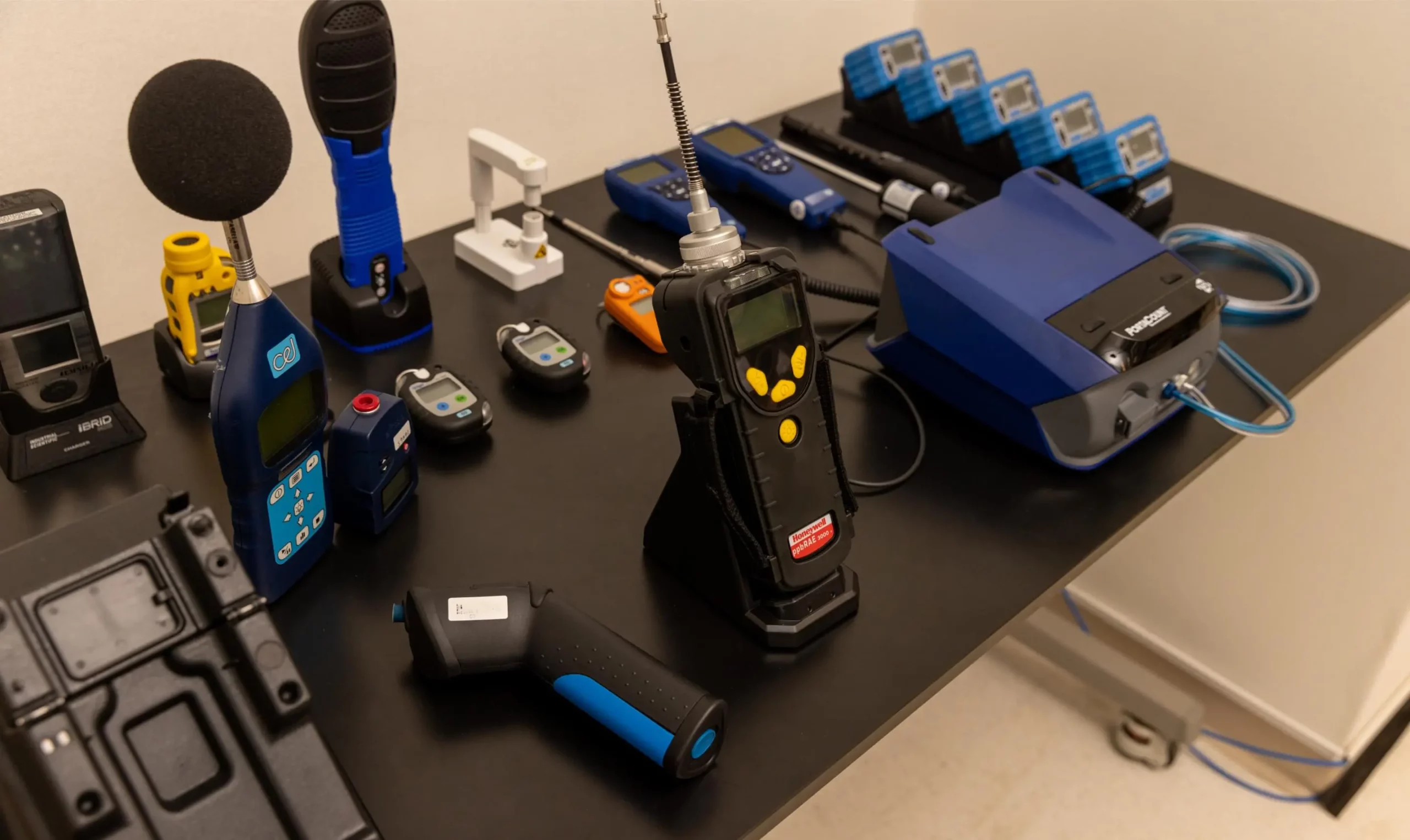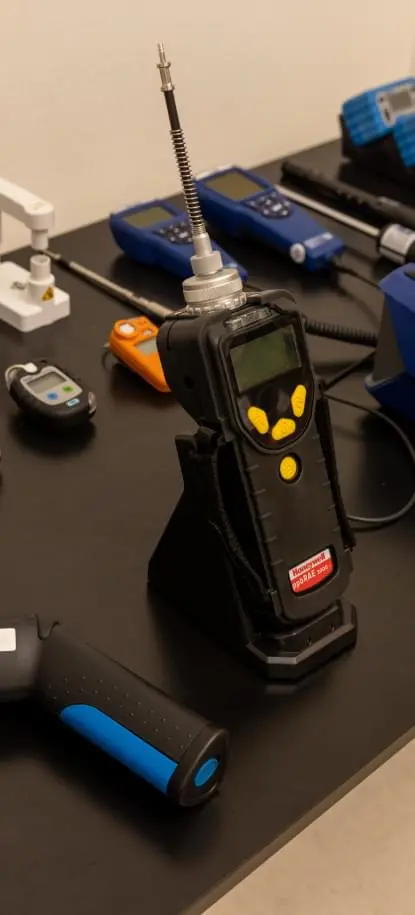




Quick Links:







Industrial Hygiene supports the Hearing Conservation Program at KAUST. The primary goal of the program is to reduce, or eliminate hearing loss due to workplace noise exposures. Occupational noise is one of the most common occupational health hazards.
Work environments will be surveyed to identify potentially hazardous noise levels and personnel at risk.
Environments containing equipment that produces potentially hazardous noise should, wherever it is technologically and economically feasible, be modified to reduce the noise level to acceptable levels.
Whenever employee noise exposures equal or exceed an 8-hour time-weighted average (TWA) of 85 decibels (dBA), the employee will be required to participate in annual hearing test (audiometric testing) to monitor for changes in their hearing. Early detection of temporary threshold shifts will allow further protective action to be taken before permanent hearing loss occurs.
Where engineering controls are not feasible, administrative controls and/or the use of hearing protective devices (i.e. PPE) will be employed.
Education is vital to the overall success of a hearing conservation program. Annual training is required and is part of the employees’ responsibilities under the program.
If you believe your work area has high noise levels, please contact hse@kaust.edu.sa for a noise survey/risk assessment.